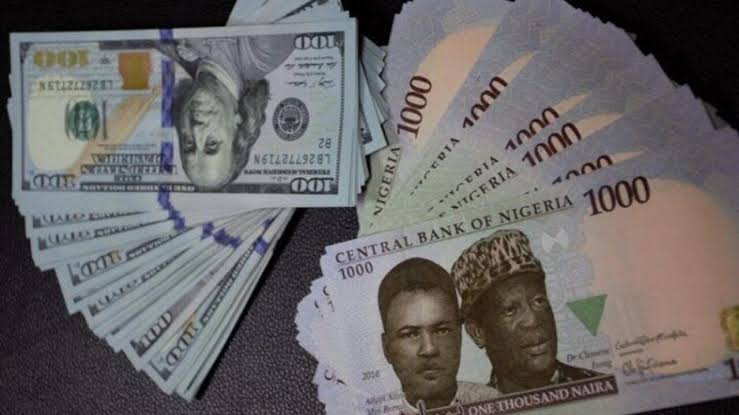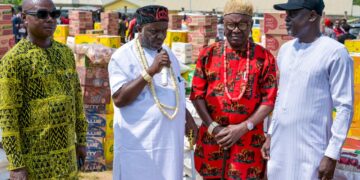The Nigerian naira lost further ground at the parallel market in mid-August, closing at N1,560/$1, widening the gap with the official exchange rate.
Currency traders attributed the depreciation to heavy demand triggered by government contractor payments, diversion of foreign inflows, and rising inflation. They warned that speculation and hoarding continue to fuel market volatility, despite improved reserves and Central Bank of Nigeria (CBN) interventions.
Reversal After July’s Strong Performance
The latest decline follows a period of stability in July, when the naira appreciated to N1,530/$1, supported by stronger inflows, effective CBN reforms, and improved fiscal buffers. That temporary uptick highlighted investor confidence and positive market sentiment toward the CBN’s tightening policies.
However, recent demand pressures have erased some of those gains. Limited access to foreign exchange forced businesses and individuals to rely on the parallel market, creating arbitrage opportunities that undermined stability.
Market Data and Exchange Rate Gap
On Friday, August 15, 2025, the naira closed at N1,560/$1 in the parallel market, compared to N1,540/$1 on July 31. At the official market, it traded at N1,532.51/$1, only slightly stronger than the N1,533.55/$1 recorded two weeks earlier.
This created a N30/$1 gap between both windows, reflecting forex liquidity challenges, inflationary pressures, and speculative trading.
Distortions and Speculative Activities
A senior member of the Association of Bureau De Change Operators of Nigeria (ABCON) acknowledged distortions in the market, linking them to contractor payments and unstable dollar supply.
“Contractor payments increase demand, since most recipients quickly convert their earnings into dollars,” he explained.
He added that speculation remains a major challenge. “Many Nigerians no longer use the naira as a store of value. Once they are paid, they rush to convert into dollars,” he noted.
The trader cautioned speculators to be careful, stressing that CBN reserves have risen above $39 billion, boosting confidence that corrective measures may soon stabilize the market.
Dollar Diversion and Diaspora Remittances
Forex traders also identified diversion of inflows, particularly diaspora remittances, as a major source of volatility. Many funds are routed outside official channels, depriving the Nigerian market of liquidity.
“Even on WhatsApp, people trade in large volumes without moving dollars into Nigeria. Such diversions shift demand to the local market, increasing pressure on the naira,” one operator revealed.
With inflation near 30%, more Nigerians prefer storing value in foreign currencies, further weakening demand for the naira.
Limited Panic Buying Offers Relief
Another BDC operator, Aminu Ardo, expressed cautious optimism, crediting marginal stability to recent CBN interventions. He said new monitoring measures and a slowdown in panic buying helped reduce pressure.
He added, “Some foreign inflows, including portfolio investors and remittances, have supported the official window. However, if supply falls, demand could rise again, pressuring the naira.”
The naira ended trading on August 16 at N1,560/$1 at the parallel market, slightly weaker than earlier in the week. Market analysts warn that without sustained supply and stronger inflows, the currency may face renewed instability.
Despite the short-term support from CBN inflows and improved reserves, Nigeria’s foreign exchange market remains vulnerable to contractor payments, dollar diversions, speculation, and inflationary pressures.










